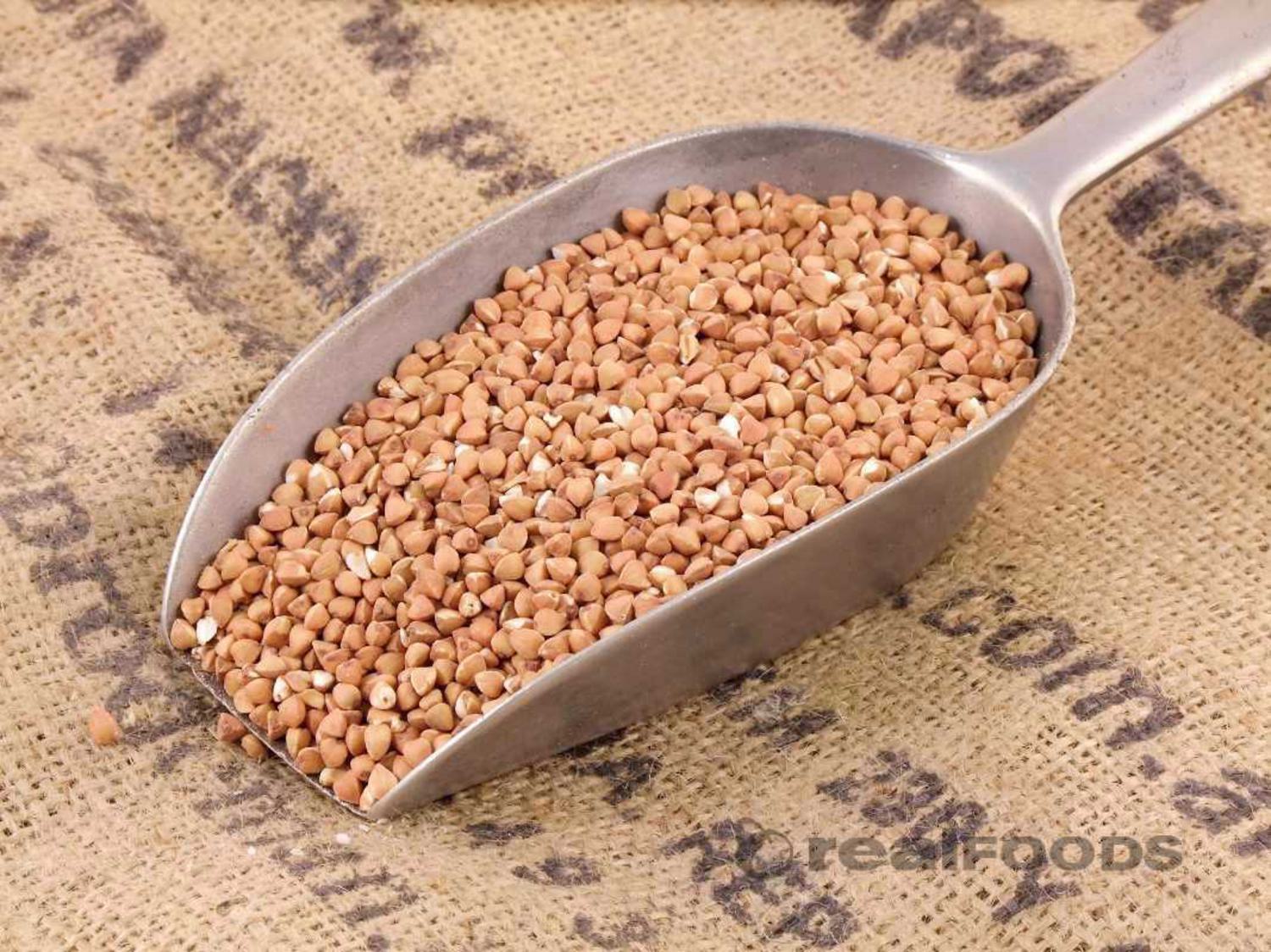
Why are grains good for you?
Starchy foods ought to make up at least a third of your diet. Most folks don’t eat enough, despite it being a brilliant source of energy and good sources of fibre, calcium, iron and the all-important B vitamins. Wholegrains as close to their original form as possible slow or prevent the digestion of starch and this helps prevent spikes in blood sugar.
Wholegrains provide a significant decrease in risk factors for cardiovascular health and type II diabetes. Wholegrain consumption can also help reduce hypertension and obesity.
They’re also very tasty! There’s a huge range of great grains, so don’t limit yourself to some bland white rice when you could try spiced quinoa or bulg, perk up soups and stews with lentils and rye grains, or try all of the popping grains (it’s not just corn that pops!). Have a look at buying in bulk for our packed down commodities - you can buy wholesale from us so the more you buy the lower the price per kilo becomes.
Here's our guide to using grains, including How To Cook Guides and links to great products.
Maize, wheat, and rice together accounted for 89% of all cereal production worldwide in 2012, and 43% of all food calories in 2009. So let's start there...
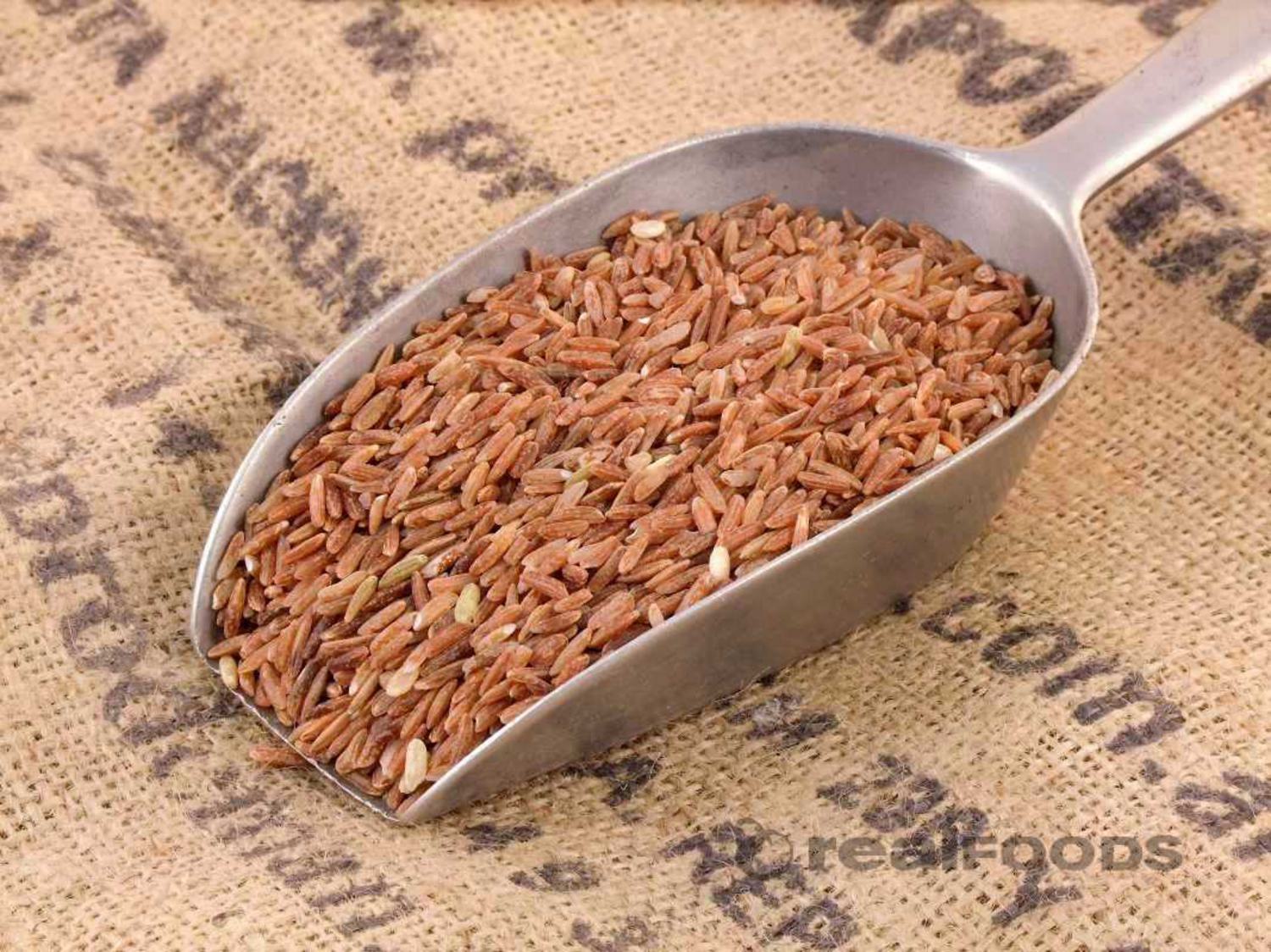
Rice
If you want to know more about the different types of rice, how to cook them and how to germinate rice use this How Do I Cook… Rice guide.
We have a huge range of rice available at Real Foods. Here’s a link to the complete range of rice available including our own packdowns (often significantly cheaper). Our bestsellers are Risotto Rice from Italy, Organic Long Grain Brown Rice and Organic Brown Basmati.
Try Red Camargue Rice for a distinctive dish, its red colour, firm texture and nutty flavour will make any salad much more interesting and it’s great as a side dish to add colour to a feast.
Wehani Rice has a beautiful terracotta colour, a relative of basmati it's very nutritious. It resembles wild rice and has a chewy texture, it's also a very aromatic brown rice when cooked it releases a scent, not unlike popcorn or roasted peanuts! Brilliant cold in salads or wraps, try it as a pilaf or stuff some peppers with it and make your kitchen smell as delicious as the food will taste!
Wild Rice (technically speaking a grass) is a great addition to salads and side dishes to provide colour and texture. Here's our 20 minute cooking time variety (it usually takes around 45 minutes but this is pre-roasted to shorten the time needed). Or try Biona's Wild Rice, a tasty combination of long grain, red camargue and wild rice. Or Organico's Wild Red Rice and Long Grain Rice Mix for a delicious alternative. Or buy a couple of different types and experiment with making your own rice mixes.
Sushi Rice is available here including Brown Sushi Rice for a more nutritious accompaniment.
Try Biona Black Venus Rice for an aromatic and nutritious alternative to brown rice.
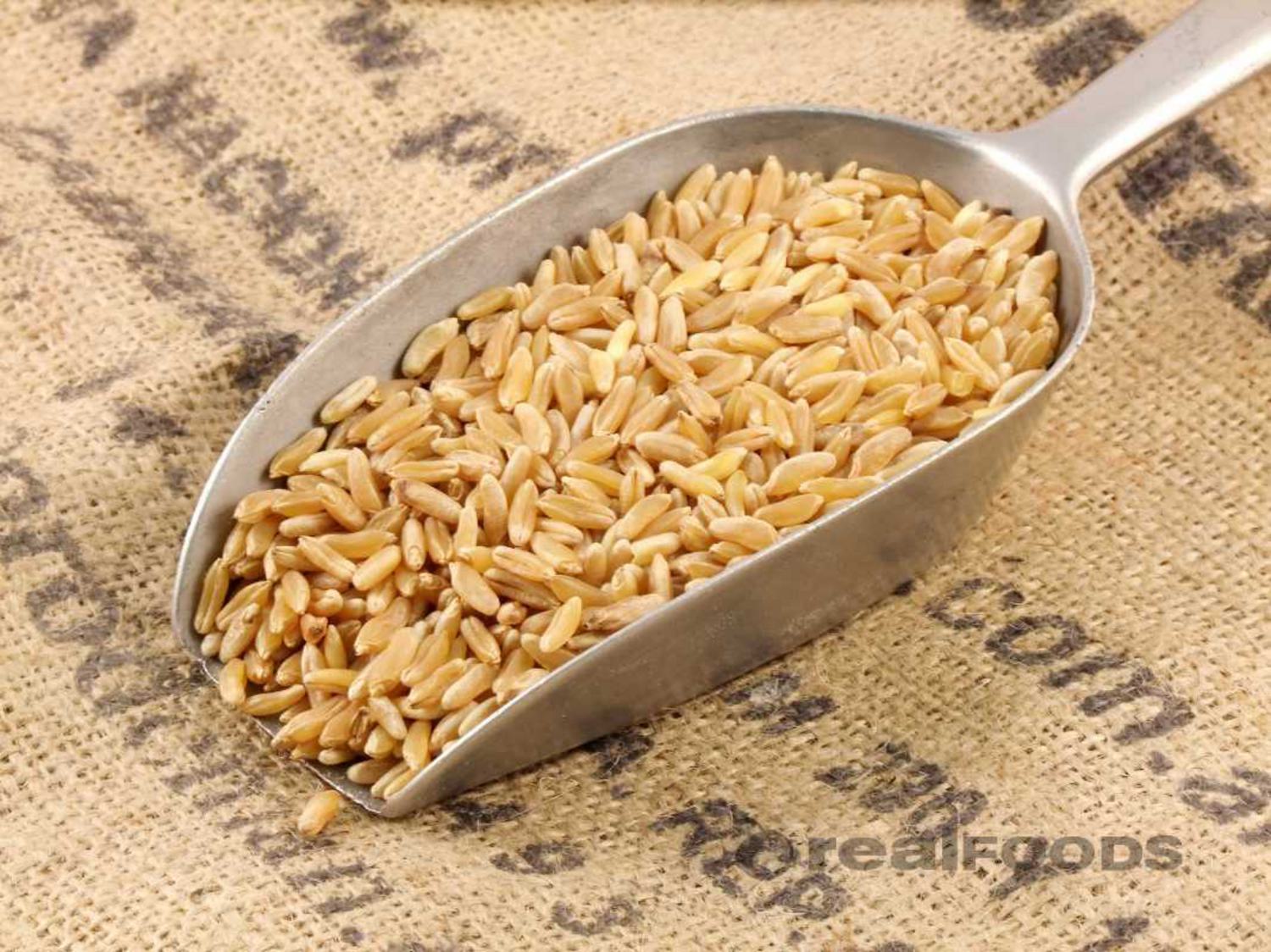
Wheat
Raw wheat can be ground into Flour or (hard durum wheat only) crushed into Semolina, crushed into cracked wheat or (removing the bran) turned into bulgur. It's added to a huge array of baked and processed dishes.
For grinding into flour, sprouting or cooking with our Wheat Grain is extremely nutritious and tasty, retaining the goodness of the wholegrain.
How Do I Cook… Wheat Grain
Khorasan Wheat is sold under the trademark Kamut and is around twice the size of modern-day wheat and has a delicious nutty flavour. Some studies show that people with a low allergy to wheat can tolerate Kamut better than other varieties, it has also got a low glycaemic index making it particularly suitable for diabetics.
How Do I Cook… Kamut
Bulgur is partially cooked wheat, the main ingredient in tabbouleh it's very popular in India as a convalescent food, being easy to digest and add wholegrain fibre to your diet.
How Do I Cook… Bulghar
Rye
Rye is of the wheat tribe (Triticeae) and is closely related to barley and wheat. It also contains gluten, so it is not suitable for coeliacs or people with gluten intolerances. It's brilliant at satisfying hunger pangs and is being studied for its effects on lowering blood sugar levels and lowering cholesterol. Find our rye products here.
How Do I Cook… Rye Grain
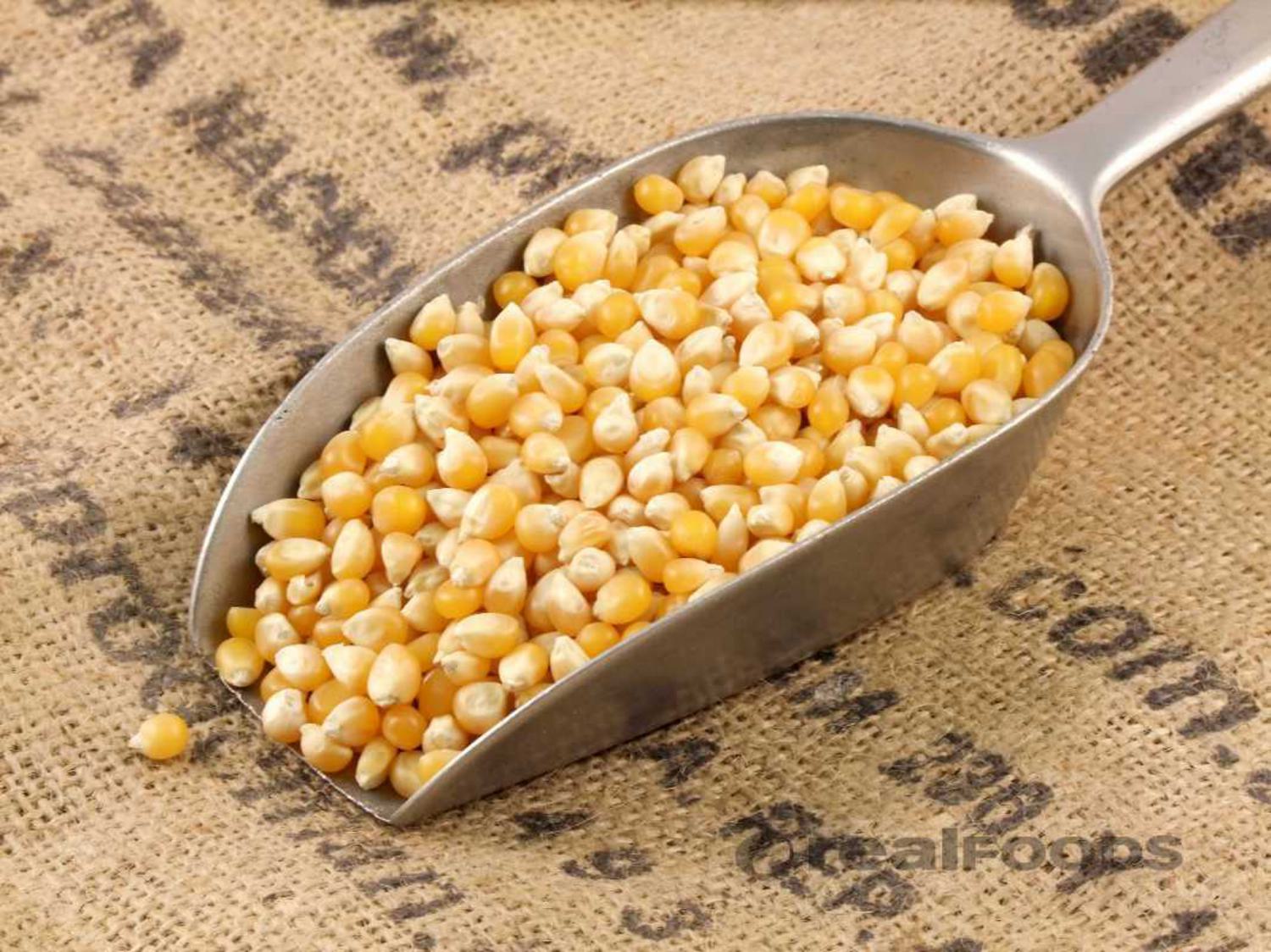
Popping Grains
A surprising number of grains can be popped, including amaranth, quinoa, millet, sorghum and the famous one... corn. They can be bought ready popped (try here) and are a popular choice for cereal. You can, of course, pop them yourself, simply heat up a heavy based pan over a medium heat, add a tablespoon at a time and shake the pan back and forth until they've popped. Doing more than that at a time may well result in burnt grains, so a little at a time is best.
How Do I Cook… Popcorn
Quinoa
Unlike wheat or rice, Quinoa is a complete protein, providing all eight of your essential amino acids. It is gluten free and packed with dietary fibre, phosphorus, magnesium and iron. Here's our range of quinoa products.
How Do I Cook… Quinoa
Millet
Is a mild tasting grass. it's a great alternative to rice in pilafs, soups and salads. Try the flakes in porridge for a non-glutinous, nutritious alternative. Here's the range available.
How Do I Cook… Millet
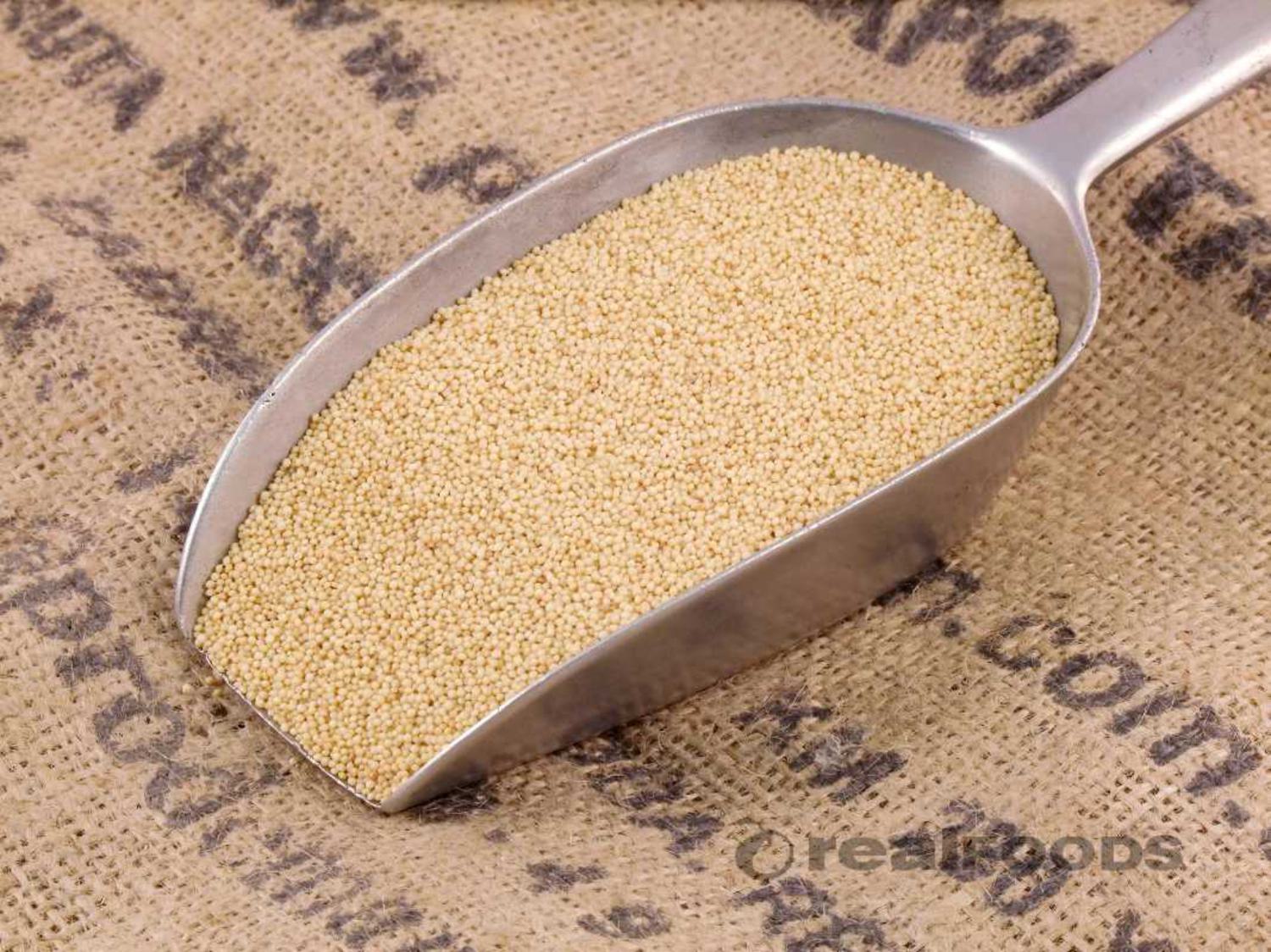 Amaranth
Amaranth
Amaranth is a gluten free seed that has a host of nutritional benefits. It has more protein than any other gluten free grain (oats are a close second for protein content), It's an excellent source of lysine, calcium, magnesium and vitamin E. It is incredibly useful in baking, improving the texture of gluten free bread and is an excellent thickener for sauces, soups and stews. Amaranth absorbs water very easily, so if used solely in baking it will create dense, heavy goods that won't rise properly, however using it for up to 25% of the total flour used it will help create delicious baked goods.
How Do I Cook… Amaranth
Barley
Barley is another grain containing all the eight essential amino acids. It's actually a grass and is used widely in malting and beer making. It's good for regulating blood sugar. Barley needs to have its hull removed (it's inedible), once removed it's referred to as Pot Barley (or Scotch Barley, but in Scotland, we usually call it Pot Barley!) It's one of Scotland's main cereal crops, far outstripping the amount of wheat and oats grown here. It's used in Scotch Whisky. When the outer bran layer is removed it is referred to as pearl barley.
How Do I Cook… Pearl Barley
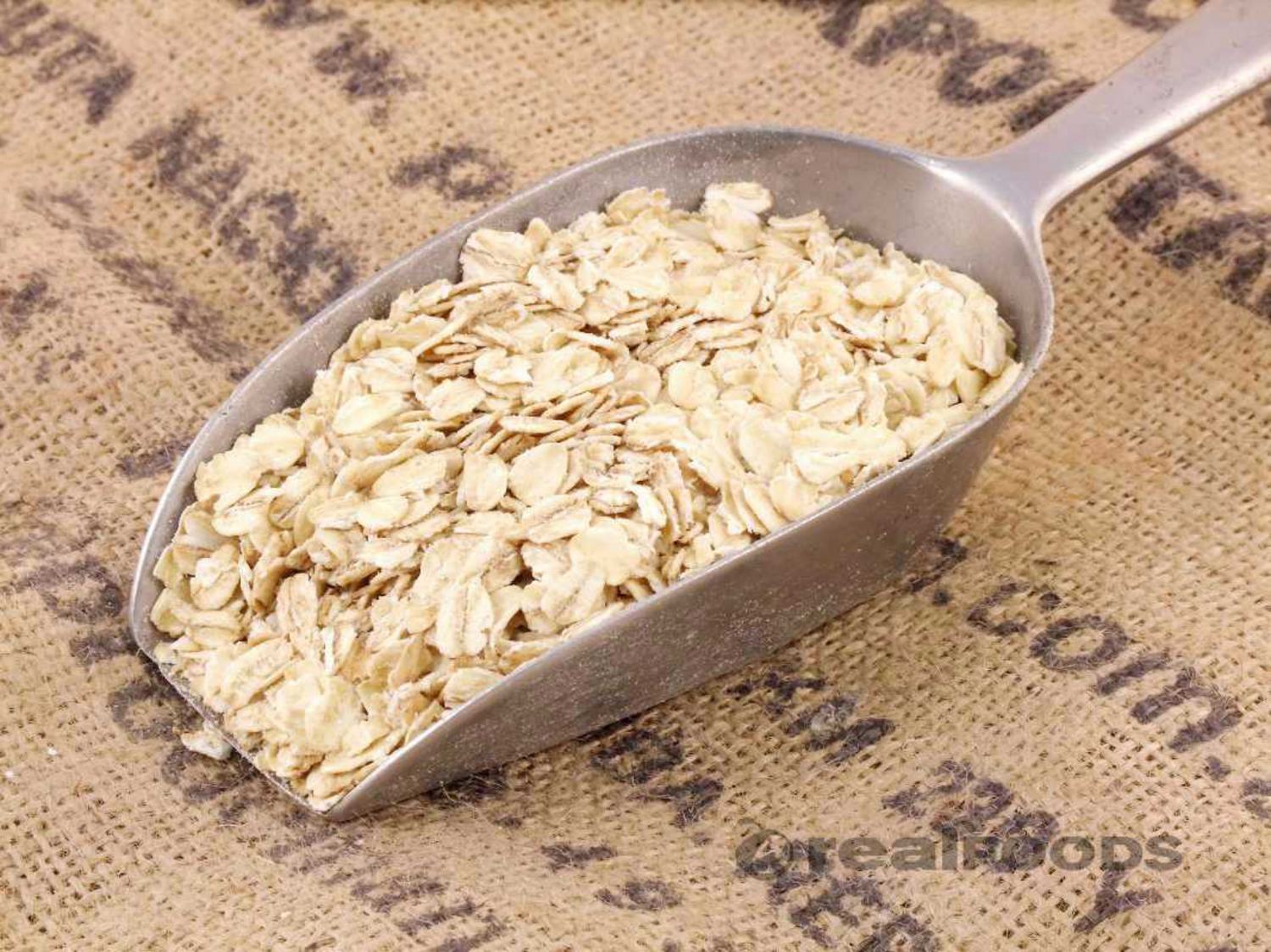 Oats
Oats
Oats are a rich source of magnesium and contain beta-glucans. These have been linked to a decreased risk of type II diabetes and minimising spikes in blood sugar. Recent experiments show that magnesium deficiency may be linked to depression. Here's our complete guide to all of the different oats available and some suggestions on how to use them.
Real Foods Get Your Oats
Real Foods How To Cook Guides
Real Foods Organic & Essentials Ranges
Packed on site to increase freshness and allow more flexibility in pack sizes, Real Foods pre-packs are a great buy.
The Organic range is all Soil Association certified and the labels bear the Soil Association logo – guaranteed 100% organic and GMO-free. All Real Foods Organic pre-packed products bear the Soil Association logo not only because the product is originally certified organic by the Soil Association, but also because we are licensed by the Soil Association to pack those products and supply them to you in the quantities that you need.
The Essentials range is not organic; however, it is GMO-free, top quality and great value for money.
Save money by buying larger sizes
With both the Essentials and Organic ranges, the more you buy the less you pay per 100g.
You can buy products from both ranges in many different weights, the minimum typically being 100g and the maximum being a bulk wholesale weight.
Take a look at any of these products on our website and you will see the pack sizes available for you to buy.